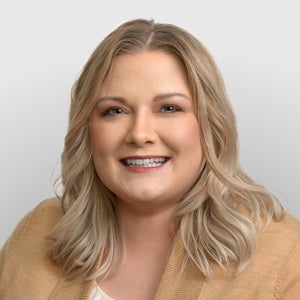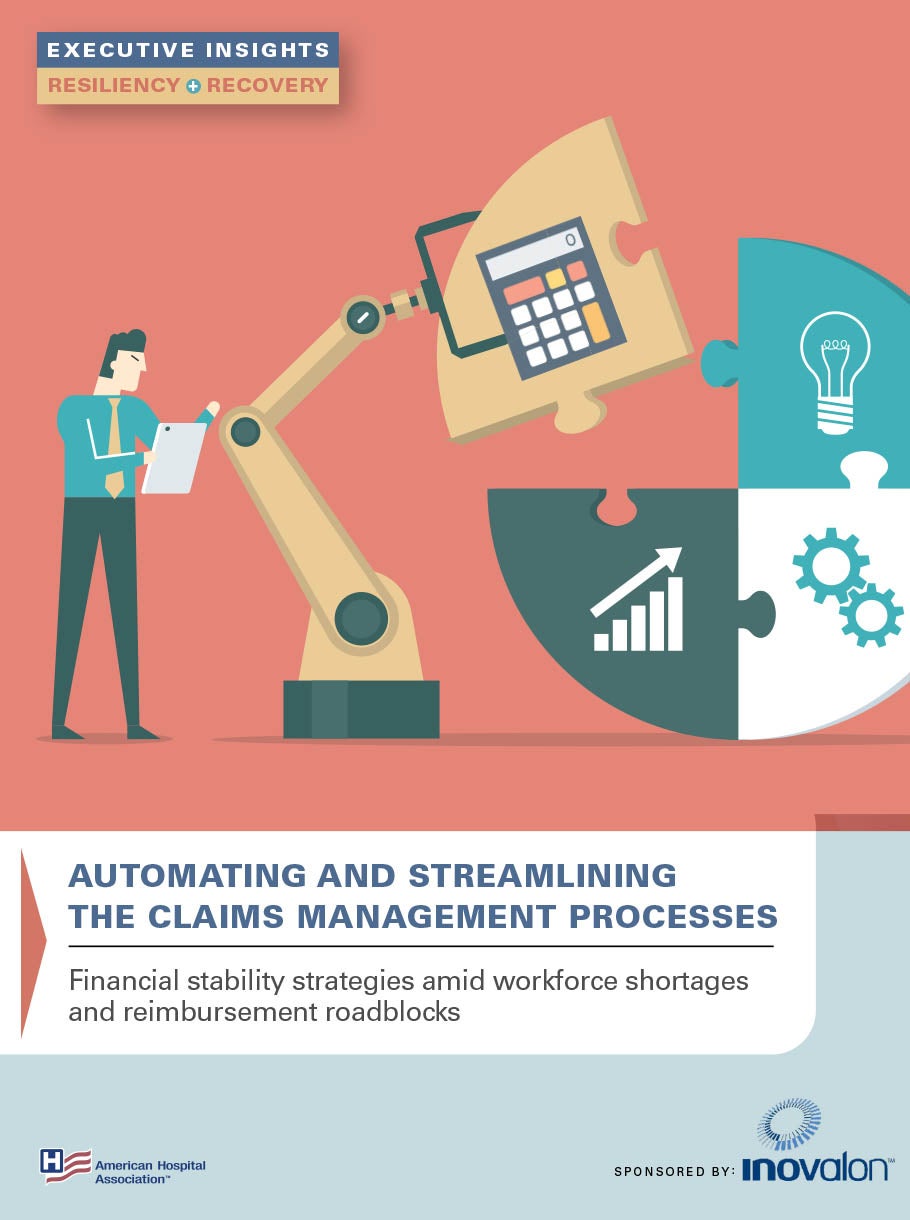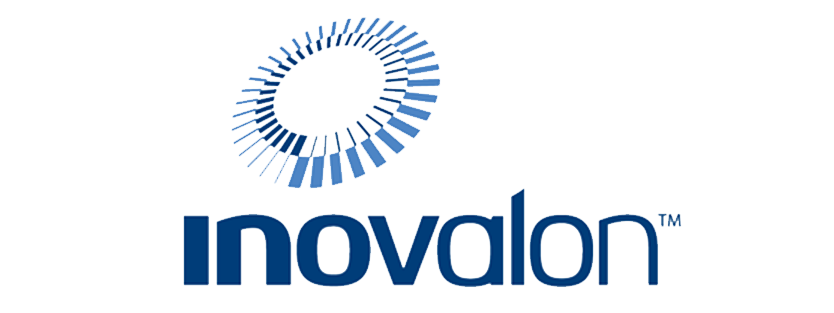
Automating and Streamlining the Claims Management Processes

Automating and Streamlining the Claims Management Processes
AHA Knowledge Exchange
Financial stability strategies amid workforce shortages and reimbursement roadblocks
Claims denials, a changing payer landscape and inefficient workflows all contribute to delays in patient care and cash flow slowdowns. From overwhelmed staff to bottlenecks in claims processing, health care leaders are strategizing on how to improve organizational performance and increase patient satisfaction. The future of revenue cycle management relies on process optimization, technology integration, analytics and AI to alleviate the impact of workforce shortages and additional payer requirements. Analytics and detailed performance data can pinpoint where processes are missing the mark and need to be adjusted. This executive dialogue explores how organizations are evaluating and refining current processes and creating an improvement plan to ensure the financial stability of their health system and access to care.
9 Steps Health Leaders Are Taking to Improve Financial Stability
- Engage and develop the revenue cycle team to be consumer-centric as part of the patient experience and implement data-driven metrics.
- Track payer changes and reimbursement accuracy with smart dashboards that send alerts for follow-up care and use these tools to set work priorities.
- Meet with payers to review analytics and challenge them on how quickly they pay based on billed charges and reimbursement, not on claim volume.
- To decrease denied claims, put more claim checks on the front end and use claim scrubbers to verify that CPT codes are accurate.
- Look at first-pass denials — know the reason for them and build edits — to impact your clean claim rate, improve accounts receivable and decrease work on the back end.
- Use denial analytics to drill down into location, provider and service by CPT codes to see trends and patterns for better accounts receivable performance and patient experience.
- Optimize the electronic health record from a revenue cycle standpoint and use integration tools for more accurate documentation.
- Start using artificial intelligence (AI) and robotic process automation for mundane tasks to free up staff time to do more complicated tasks.
- With revenue processes, examine lead measures that affect lag measures and develop a weekly and monthly plan of action to improve those numbers.
Participants

Carolyn Heithaus, MBA
Executive Vice President of Finance and Chief Financial Officer
CalvertHealth

Marina Houghton, CPA, CGMA, CVA, CFF, FHFMA
Vice President of Finance
Ascension Michigan

Tammy Nadler, CPA
Chief Financial Officer
Golden Valley Memorial Healthcare

Kaley Neal, MBA, FHFMA, CHFP
Chief Financial Officer
Shenandoah Medical Center

Summer Owen, MBA, CPPS
Chief Financial Officer
Great Plains Health

Stan Salwei, MBA
Director of Revenue Cycle
Altru Health System

Danielle Willis, CPA, MPA
Chief Financial Officer / Chief Administrative Officer
New Orleans East Hospital-LCMC Health

Lori Zindl
Vice President, Business Development
Inovalon

Moderator:
Suzanna Hoppszallern
Senior Editor
American Hospital Association
AHA Knowledge Exchange
Gain insights from the C-suite and health care leaders on the most pressing issues and transformational strategies.








